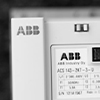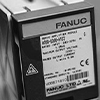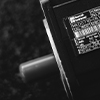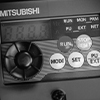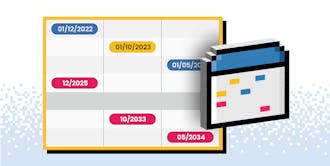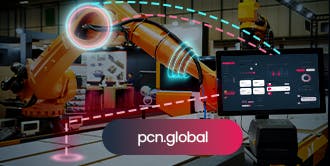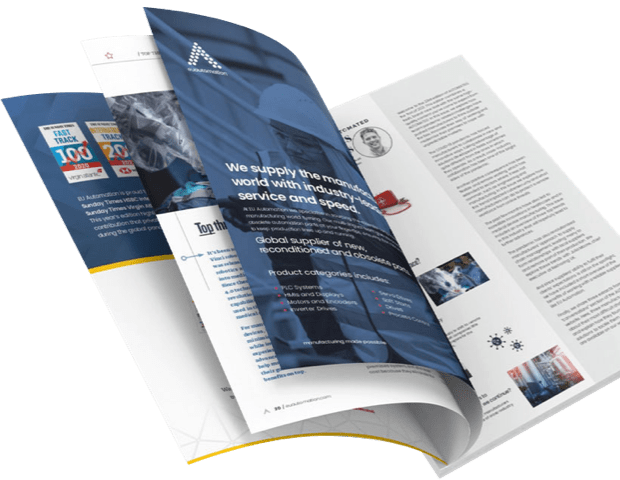ABB lifecycle management: the challenge of obsolete parts
July 1, 2025
Regardless of the industry, the problem of parts obsolescence is inevitable as no parts are made to last forever. There is always space for development, even in the products of top component manufacturers like ABB, Siemens, and Lenze. With this understanding, most parts manufacturers have placed limitations on how long they'll continue to make certain products for the public. This approach is part of the ABB lifecycle management strategy, and defines how long specific components are supported before becoming obsolete.
ABB stands out as a leading manufacturer in Europe. They specialise in components for electrification and automation. Their product range includes drives, generators, motors, robotics, power grids, and more.
They provide parts for companies in various industries, including Oil and Gas manufacturers as well as utilities. We will be looking at ABB lifecycle management, obsolete ABB products and practical tips to help you manage obsolescence when your ABB parts reach the end of their lifecycle.
Synopsis of common ABB components nearing obsolescence
Knowing which parts from ABB will soon be or are already obsolete helps manufacturers plan their next line of action. Since the 1990s and early 2000s, ABB has been a well-known name in business. Their parts play a vital role in the construction of various plants and machinery.
It stands to reason that there will be some obsolete ABB products and others nearing obsolescence. We will examine some product categories and products that are becoming obsolete to aid with your ABB lifecycle management plan.
Control systems and PLC
These components are the brain of any automated system. One of the key products in ABB's lineup is the ABB Advant Controller Series. This series features notable components like the AC450 and the AC110.
These systems are legacy parts. Their successor is the ABB Ability™ System 800xA which relies on more modern technology, this increases its efficiency and capabilities. The Advant Controller Series has already entered the obsolete phase.
Variable speed drives (VSDs)
The control systems and PLCs serve as the brains. Meanwhile, the Variable Speed Drives (VSDs) act as the muscle, functioning as the workhorses that influence processing speeds. A notable example of this product that has just become obsolete is the ABB ACS 600 Series Drives.
These drives were revolutionary, introducing the Direct Torque Control (DTC) to the market. Its successor, the ABB ACS880 series, offers direct torque control and is more energy efficient. The ACS600 multidrive (air-cooled) entered obsolescence on the 1st of January 2025.
Robotics controllers
The field of robotics is one that is always under development. ABB has not officially announced its legacy systems, such as the ABB S4C and S4C+ Robot Controllers, as obsolete. However, ABB has already got a more efficient replacement in the works. The IRC5 and OmniCore™ controllers are more advanced and well equipped for modern use.
What are ABB’s lifecycle phases? And how do they affect customers?
ABB lifecycle management consists of four distinct phases. These phases have been developed based on experiences from ABB’s interactions in both local and global markets, as detailed in IEC 62402:2019. The four phases essentially cover the journey from market entry to the end of its availability.
Active phase
This phase begins with market entry and is the start of the ABB lifecycle. After the product is launched and available on the market, all efforts focus on its marketing. There will also be a provision of spare parts, a variety of life cycle services, and enhancements in product design. Customers have access to the product and all the benefits it comes with, including spare parts and support.
Classic phase
In the Classic phase, customers and end users continue to enjoy all the perks in the active phase of the product. At this stage, ABB focuses on improving its product and developing the next generation of parts. During this time, you have access to all of ABB's life cycle services, such as product support and spare parts.
ABB will inform customers about the product's current life cycle status. A life cycle announcement will take place before the product transitions into the limited phase. This is based upon having further service agreements in place.
Limited phase
At the limited phase, the product is no longer undergoing development. However, spare parts are still available when materials are. The obsolete phases start towards the end of the limited phase; it is a gradual process rather than a sudden change.
At this stage, customers should start considering alternative plans for their spare parts. They may also want to consult third-party suppliers for viable options moving forward.
Obsolete phase
The ABB product enters the obsolete phase when services can no longer be provided at a fair cost. This is when ABB is unable to provide technical assistance for the product. Or, when the outdated technology is no longer accessible.
Tips for sourcing replacements and alternatives
If you notice that you have obsolete ABB products, there are a few steps you can follow. These actions can help you address the situation effectively. We will share tips on these topics to identify some preventive measures you can take. Such steps will help you avoid rushing for ABB replacement parts when they become obsolete.
1. Proactive obsolescence management
Proactive obsolescence management is vital for being prepared when components become obsolete. It involves continuously monitoring their lifespan and actively preparing a strategy to adjust to their obsolescence. This could involve actively looking for alternatives before the obsolescence period or sourcing from third-party suppliers.
2. Research and use trustworthy third parties.
When looking for replacements or alternatives to obsolete ABB products, it is often worthwhile to consider an external provider. This option can provide valuable solutions.
EU Automation provide access to obsolete machine parts and other alternatives in cases where you want to change the parts completely. We provide essential guidance to businesses and manufacturers. This advice helps clarify the next steps to take when handling obsolete parts.
3. Refurbished parts.
This is another option to consider if you're trying to reduce costs on overwhelming financial options. In the context of spare parts, remanufactured parts are often previously used. These have been restored to meet or exceed existing standards. The process of remanufacturing typically involves the following steps: disassembling, cleaning, inspecting, replacing worn parts, reassembling and testing.
4. Safety stocks
Before the product is out of stock, make sure you have a backup supply of critical ABB components. This planning is an essential aspect of managing its eventual obsolescence. This provision enables businesses to utilise certain products extensively and also prepares them for downtime and slow responses, even during the active phase of ABB products.
5. Consider professional repair and reconditioning services as a viable and sustainable alternative.
To keep outdated ABB parts operational, consider utilising competent third-party repair and reconditioning services. This is not typically a reliable option. However, when executed properly, it can keep your old ABB parts functioning well for a longer time. You can rely on third-party vendors that already supply these services or search for organisations that specialise in repairs.
How partnering with EU Automation can help you with ABB obsolete parts
EU Automation bridges the gap between obsolete ABB products and your operational needs by offering access to obsolete and hard-to-find components. Our global sourcing network ensures minimal downtime, while technical expertise helps you make informed decisions. Whether you're maintaining legacy systems or planning future upgrades, we offer the support needed to keep your operations running smoothly.
We offer ABB parts, including the ACS355. These components assist businesses in managing obsolete ABB products, allowing them to continue using their machines without concerns about failure or downtime.
Conclusion
Dealing with ABB part obsolescence doesn’t have to disrupt your operations. With proactive lifecycle management and strategic planning, manufacturers can stay ahead of the curve. Understanding the phases of ABB’s product lifecycle is vital. By preparing accordingly, you can avoid downtime. This preparation also ensures long-term efficiency in your processes.
Citation
- https://library.e.abb.com/public/713389d39fc04229a46b2b1000a1c7d9/LC_Statement_ACS600_MD_air_cooled_revI.pdf?x-sign=AkhVeyMPsfmcCrOlS5HnmlyC08Z4NcEk2hRqyKarAvf9n0MPVw8JLCn9BhmTEThz
- https://new.abb.com/docs/librariesprovider123/default-document-library/3bhs885266e01_life-cycle-management.pdf?sfvrsn=bb8c3609_14
